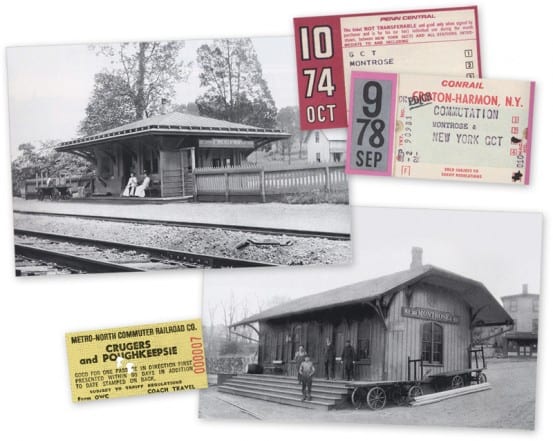
Crugers and Montrose stations. Both stations were closed in 1996 and replaced with the new Cortlandt station.
Today’s tour of the Hudson Line takes us to one of Metro-North’s newer stations – the second newest on the line after Yankees-E 153rd Street, Cortlandt. Located a little over 38 miles from Grand Central, Cortlandt is in the upper, unelectrified portion of Metro-North’s Hudson Line, and situated between Croton-Harmon and Peekskill. Historically, there were two stations in this area – Crugers and Montrose – both of which were closed in favor of the new Cortlandt station. Space is always a critical issue at many Metro-North stations, especially when it comes to parking. Many stations have almost endless waiting lists for a parking permit. Cortlandt was one of the few places on the upper Hudson Line where there was room for expansion, and more room for parking. Especially built to replace Montrose and Crugers, the new station was opened in June of 1996.
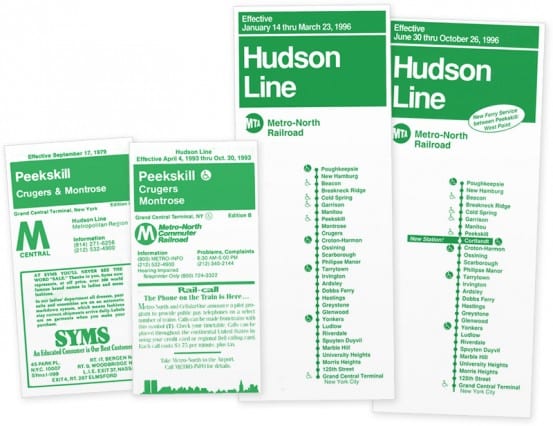
Local timetables to Montrose and Crugers, and Hudson Line timetables from 1996. Note that Montrose and Crugers were there at the beginning of the year, but by midyear were replaced with Cortlandt. Thanks to Doug Dray, Otto Vondrak, and Bob Mortell for these timetables.
Although the parking situation was much improved at Cortlandt, Metro-North looked to expand even more, and in 2009 began a massive improvement project to the station. A new 720 car parking lot was built on the west side of the tracks, almost doubling parking capacity. Other improvements included a heated waiting room including a concession area, new canopies, and a new elevator. The New York State Department of Transportation improved the intersection between the station and Route 9A, which was also considered part of the project. The new road had lighted sidewalks built especially for those using the train to get to the nearby Veterans Hospital.
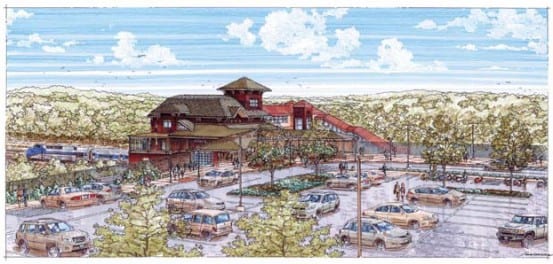
Pre-construction rendering of the improvements at Cortlandt
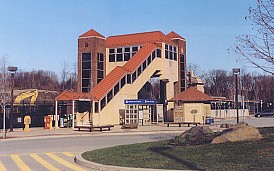 Â
 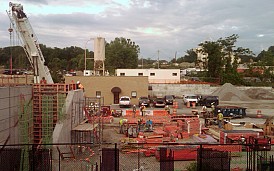
Cortlandt before and during construction. Before photo by Tom Panettiere, construction photo by George Kimmerling.
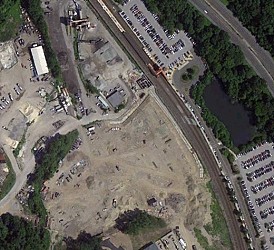 Â
 
Aerial views of Cortlandt station, before and after the expansion. Note the new, larger station building, and the massive new parking lot on the west side of the tracks.
The MTA had a formal ribbon-cutting ceremony after the renovations to Cortlandt station were complete back in February, attended by both Metro-North president Howard Permut and MTA Chairman Joe Lhota. In his statements at the ceremony, Permut said “[Cortlandt] will address current and future needs of the railroad and the communities it serves,” which is actually quite true – especially the future part. Though most don’t attribute foresight as a quality generously abound in the MTA, whoever came up with the upgrades for Cortlandt was certainly thinking about future expansion. A blocked off stairwell to nowhere, gated off with a sign that says “Authorized Personnel Only” looks like a perfect spot for a third platform to be constructed – at some point in the future if ever needed (if electrification further north ever happens?).
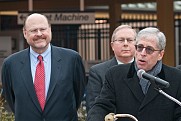
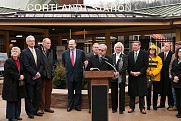
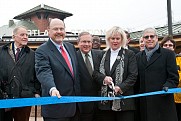
Ribbon cutting ceremony at Cortlandt station.
Included in the original construction of the station was an Arts for Transit piece titled Three Statues (A Short History of the Lower Hudson Valley), by Robert Taplin. Three seven-foot tall statues stand beside the station, each representative of a historical group of people that were common in this area. On the left, a wealthy Dutch landowner. In the middle, a laborer from the early nineteenth century. And on the right, a Native American figure. The figures look out over the long shape of the Hudson River, rendered in stone.
That’s about it for today’s tour – next week we’ll head back south on the Hudson Line to another station in the Bronx. There are only four more stations left to be featured on the Hudson Line, after which my camera may go hibernate for the winter (except for the part where I go ride Alaska Railroad’s winter train)!
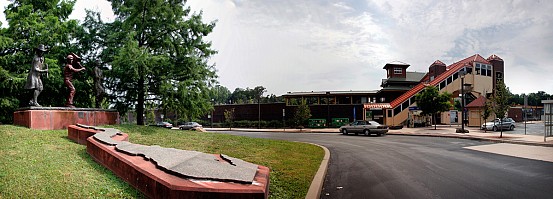 Â
 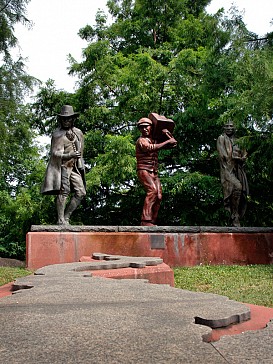 Â
 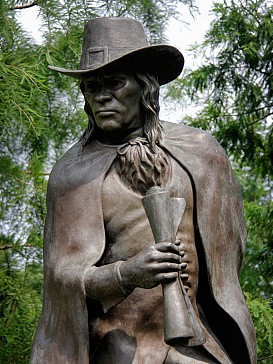 Â
 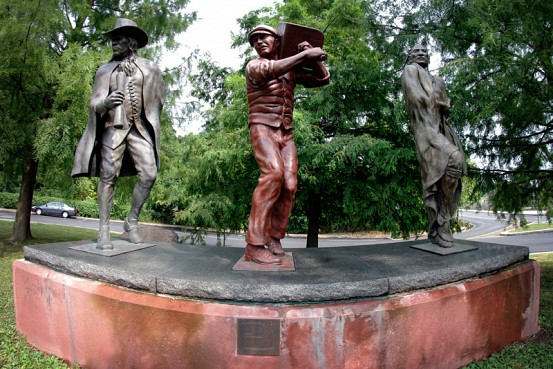 Â
 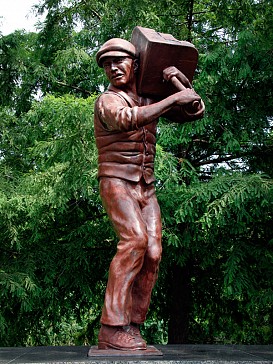 Â
 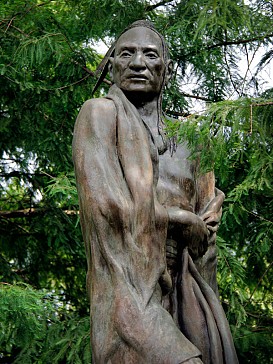 Â
 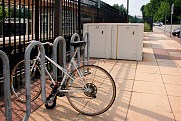 Â
 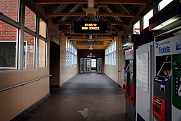 Â
 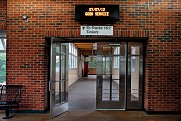 Â
 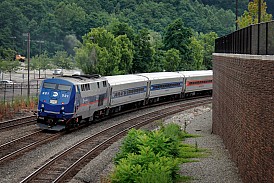 Â
 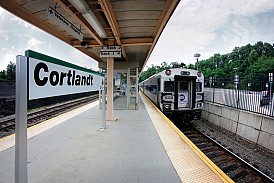 Â
 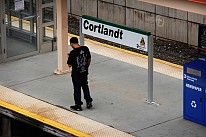 Â
 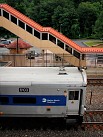 Â
 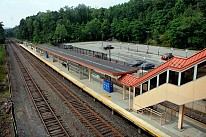 Â
 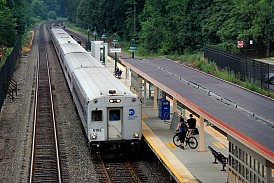 Â
 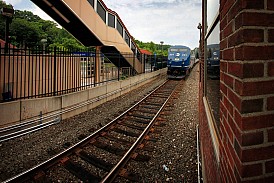 Â
 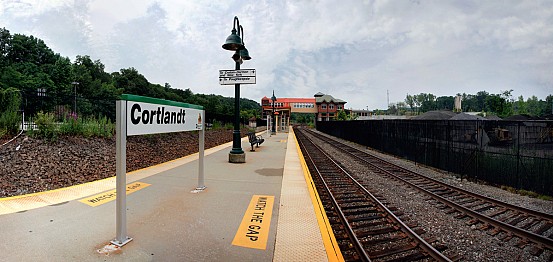 Â
  Â
 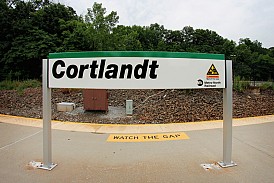 Â
 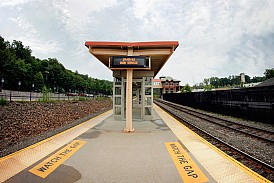 Â
 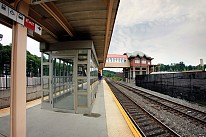 Â
 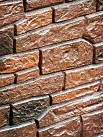 Â
 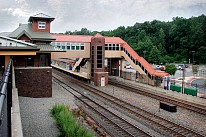 Â
 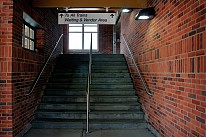 Â
 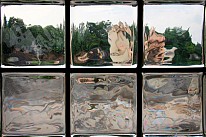 Â
 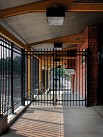 Â
 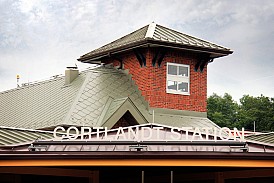 Â
 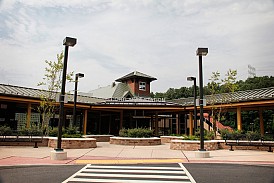 Â
 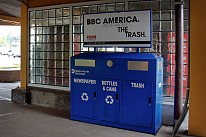 Â
 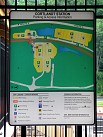 Â
 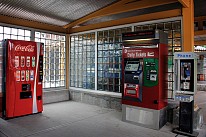 Â
 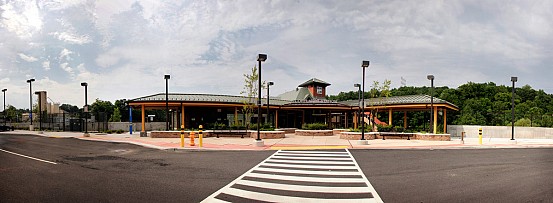 Â
Â


I’m trying to figure out where that “stairwell to nowhere” is located in the context of the rest of the structure, and how it would lead to another platform. It’s not clear from the photos.
On the new portion of the station, on the west side of the tracks. The blocked off entrance is to the left of the stairwell up to the waiting area. In this photo where the fence is on the right would be where another platform could be put in.
So in that second photo, would the area shown in the first photo be behind the tree on the right, or on the opposite side of the building?
Does this make a little more sense? :)
Yes, thanks! And it is, indeed, behind the tree. :-)
Nice to see tha MNR allowed for platform expansion in the
future. That rare in most new transit construction projects.